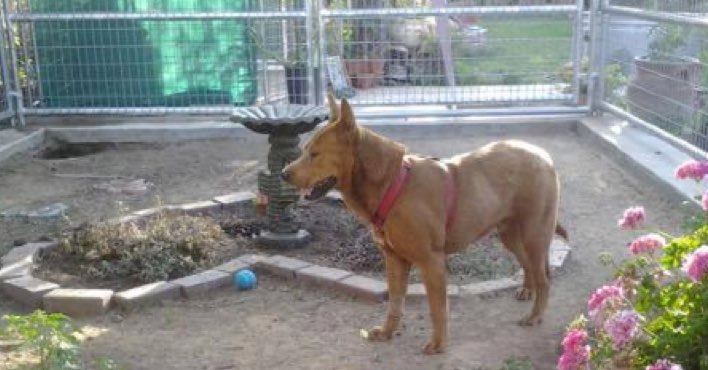Question:
Do you recommend different types of leashes for different types of training and walks?
Answer:
Yes. Different behaviors and different locations require using different leashes, and there are pros and cons to the various types.
For example: Leather leashes generally last a long time and will not burn your hands if your dog pulls, but they’re more expensive. Synthetic leashes are cheap, lightweight, and easily washed, but they can burn your hands if your dog lunges. If your dog is a chewer, metal or chain leashes will likely deter that, but they’re heavy and cumbersome. Extendable leashes give your dog freedom to roam, but they reinforce the dog for pulling on leash.
When choosing a leash, think about where and how you expect to be using it. Is it for indoor or outdoor training? Will you be working on distance commands? Do you hope to have your dog perform reliably off leash outdoors?
If you are working indoors with your dog, I suggest a long, thin, round leash made from synthetic materials. This type of leash is ideal for in-home use because it’s lightweight and less likely to get stuck under furniture. Plus, a lighter leash is less salient to the dog and will make the transition from on-leash to off-leash behavior easier.
For outdoor training I advise a long line–a twenty to fifty foot leash, usually made from cotton webbing. (To prevent blisters and leash burns, wear a pair of work gloves during training.) A long line is great for training distance commands, like stay and recall, and it can also be used as dragline. In that case, I recommend tying a knot every foot and a half so that you can step on the leash (if needed) without it slipping by.
For walks, I suggest a leash between four and six feet long, the ideal length for keeping your dog attentive and in position. Whether it’s nylon, leather, or corded doesn’t particularly matter, as long as it’s well made and the clasp is secure.
One last tip: No matter which leash you select, I suggest clipping a carabiner to its handle so that you can tie the dog down in the event that your training requires you to control or move away from your dog.









